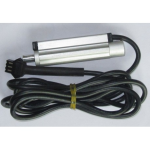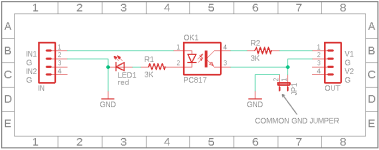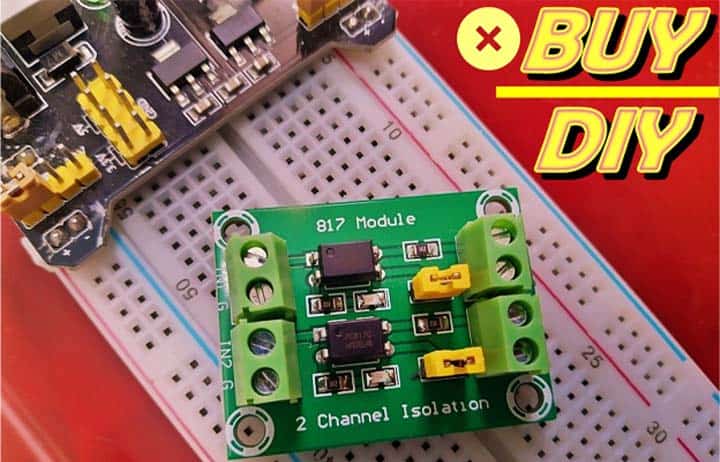Hello,
My ebike with BBSHD has been working great with 2 brake sensors and 1 gear shift srnsor, but I recently installed 3 speed internal gear hub in addition to 8 speed derailleur/cassette and I have a problem using 2 gear shift sensors together.
I have 2 brake sensors and 2 gear sensors (for 2 different shifters) total. All the sensors work well individually and all the wiring and splitters ae good. I tested each sensor individually with and without splitter cables. The combination of 2 brake sensors and 1 gear sensors works fine (with any of my gear sensors) . But any setup that involves 2 gear sensors (with splitter cable) does not work. It doesn't matter if I have brake sensors connected or not.
I can see green lights on each gear sensor blink when I use the corresponding shifter, but there is no signal to stop the motor. Display usually shows error code when brake or shifter is activated, but not in this case.
If I disconnect either of the 2 gear sensors, the other one starts working perfectly. And I tried all combinations of gear sensors (including 3rd spare one) and I swapped splitter cables and connected sensors to different ports/connectors. No luck.
I am not sure how the output of the sensor works, but probably it pulls up or pulls down the signal wire when active. Maybe there is a pull-up or pull-down resistor in each gear sensor that holds the signal wire at default voltage when sensor is inactive. And when 2 are connected maybe the pull becomes too strong and single sensor cannot bring the voltage to the active level.
This is my best guess.
Has anybody experienced this problem?
Thanks,
Mike
My ebike with BBSHD has been working great with 2 brake sensors and 1 gear shift srnsor, but I recently installed 3 speed internal gear hub in addition to 8 speed derailleur/cassette and I have a problem using 2 gear shift sensors together.
I have 2 brake sensors and 2 gear sensors (for 2 different shifters) total. All the sensors work well individually and all the wiring and splitters ae good. I tested each sensor individually with and without splitter cables. The combination of 2 brake sensors and 1 gear sensors works fine (with any of my gear sensors) . But any setup that involves 2 gear sensors (with splitter cable) does not work. It doesn't matter if I have brake sensors connected or not.
I can see green lights on each gear sensor blink when I use the corresponding shifter, but there is no signal to stop the motor. Display usually shows error code when brake or shifter is activated, but not in this case.
If I disconnect either of the 2 gear sensors, the other one starts working perfectly. And I tried all combinations of gear sensors (including 3rd spare one) and I swapped splitter cables and connected sensors to different ports/connectors. No luck.
I am not sure how the output of the sensor works, but probably it pulls up or pulls down the signal wire when active. Maybe there is a pull-up or pull-down resistor in each gear sensor that holds the signal wire at default voltage when sensor is inactive. And when 2 are connected maybe the pull becomes too strong and single sensor cannot bring the voltage to the active level.
This is my best guess.
Has anybody experienced this problem?
Thanks,
Mike




